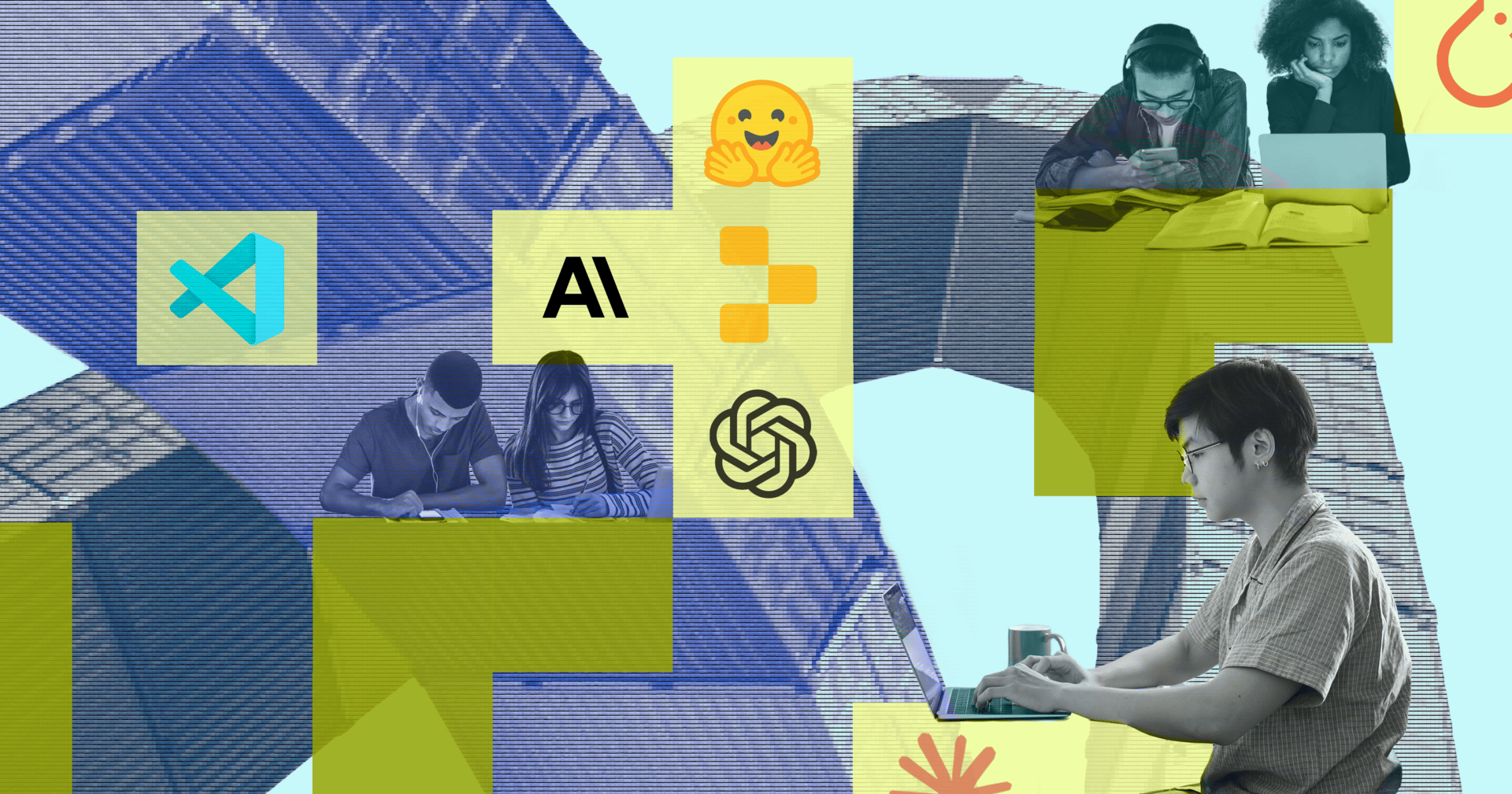
Can I really learn AI without a traditional degree?
If you’re the type to spend a weekend prototyping just because you had to solve the problem… Yes, you’re exactly who early-stage founders are looking for.
We built the Student Repo Directory to get determined builders (like you) in front of 130+ startups backed by Reach including Replit, WorkWhile, GPTZero, and more. Whether you're looking for internships, part-time gigs, or your next side project collab, this is your in. We share this directly with Reach-backed founders seeking technical talent. Builders have already been hired through this. You could be next.
Don’t wait for job posts.
Let founders find you.
Even better: through building, you’ll find yourself — and make your own job.
AI Learning Stack
We asked: What actually works when you’re trying to learn AI and ship real things fast?
Technical skills can be learned. Tutorials exist everywhere. But true innovation requires something more: the relentless curiosity to push past comfort, to persist when others would quit, and the courage to try and fail.
We tapped Reach Partner James Kim, a former college admissions officer with an astrophysics background who’s gone down the LLM rabbit hole, about his top tools for getting up to speed on AI. He’s an early investor in GPTZero (Edward Tian & Alex Cui) and Kollegio (Senan Khawaja & Saeed Naeem) — AI teams who started building while they were still students, with a purpose, determination, and taste.
James’ go-to courses for learning AI fundamentals:
James’ current tool rotation:
TensorFlow and Keras (his OG go-to, although PyTorch is winning hearts lately)
Coding environments: Jupyter Notebook, VS Code, and Replit (pick your poison)
Public datasets for practice projects: Kaggle
His pro tip: Bookmark Hugging Face libraries, the LLM playground of choice for a reason.
TL;DR: You don’t need to know everything. Just enough to build, ship, and learn.

